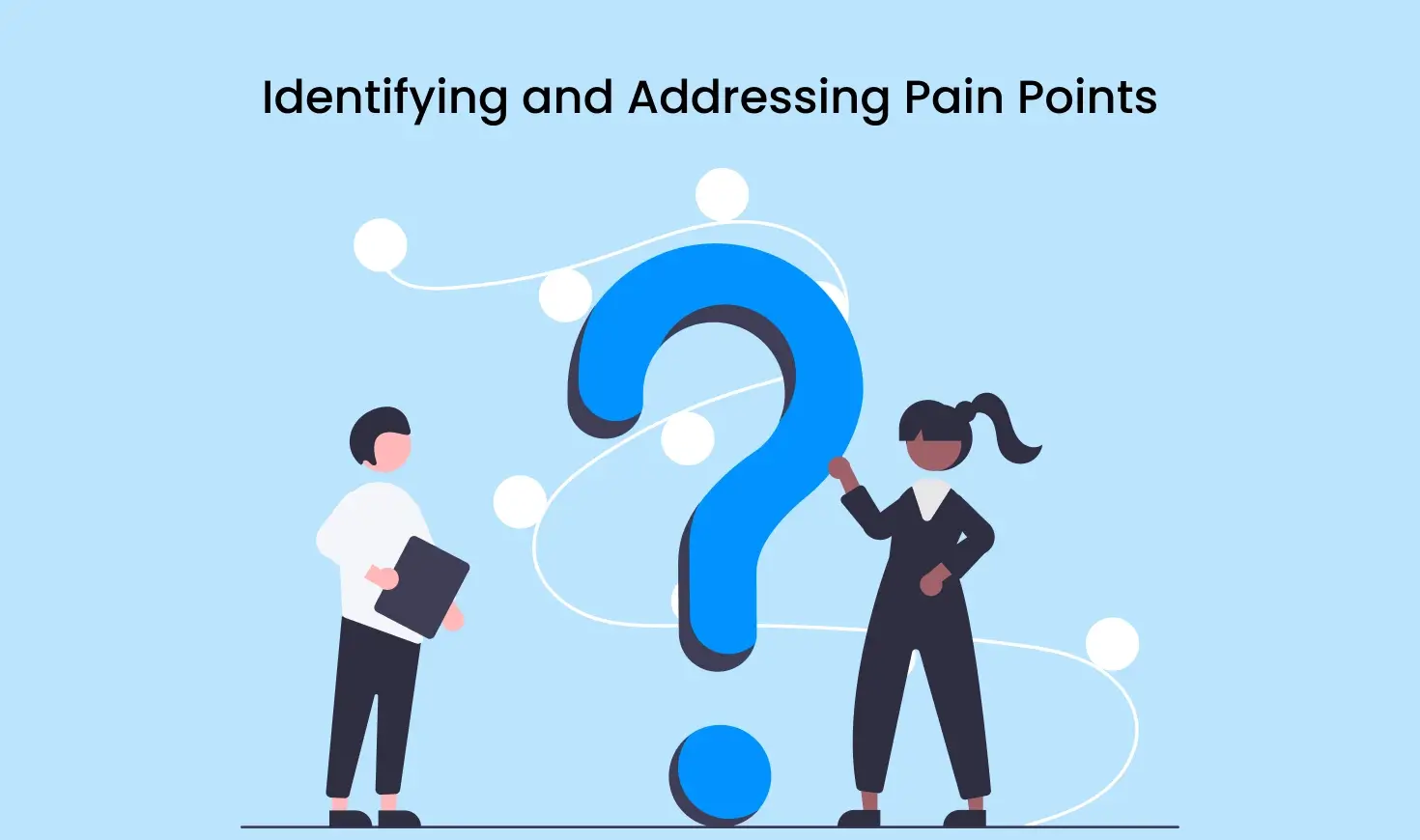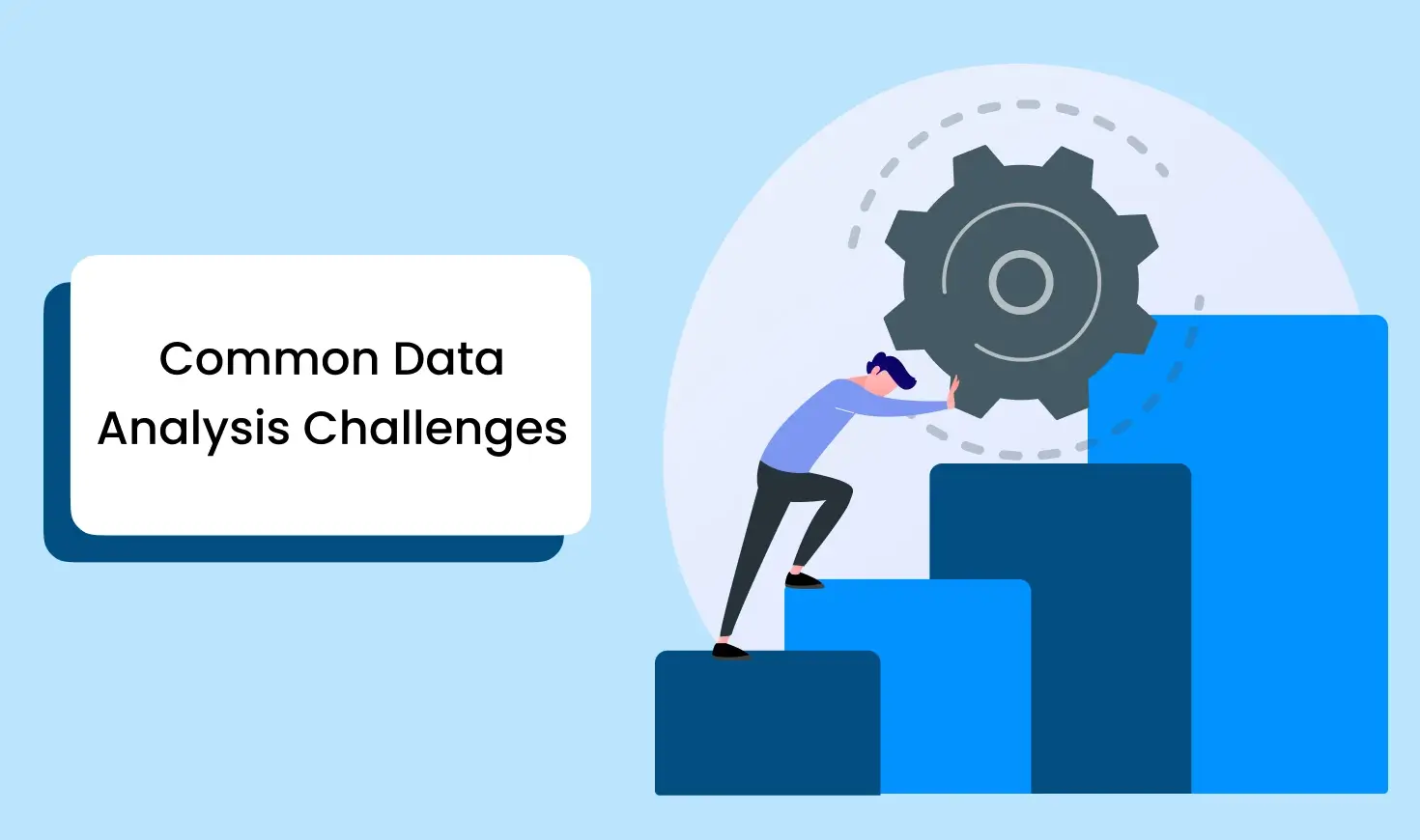Data isn’t just a bunch of numbers—it’s the secret ingredient that can make or break a business. Imagine navigating a dense jungle without a map; that’s what running a startup without data feels like. In the fast-paced, competitive world of startups, making the right decisions quickly is key. Enter data analysis—your secret weapon for success. By tapping into the power of data, startups can unlock valuable insights into customer behavior, market trends, and internal operations. The result? Smarter, faster decisions that fuel rapid growth.
Navigating the Startup Jungle with Data!
Understanding Your Target Audience:
Ever feel like you’re shooting in the dark when it comes to reaching customers? Data changes that. With data analysis, you can break down your audience's demographics, analyze purchase behaviors, and track website activity to craft personalized marketing campaigns that hit the bullseye every time.
Market Research and Competitive Analysis:
Want to know what your competitors are up to? Data helps you peek behind the curtain. From pricing strategies to customer acquisition tactics, data allows you to spot market gaps, identify opportunities, and develop strategies that make your startup stand out.
Product Development and Innovation:
Innovation without data is like building a house without blueprints. Customer feedback, product usage patterns, and emerging market trends give you the insights needed to create products that not only meet customer needs but also stay ahead of the curve.

Uncovering insights that drive growth.
Customer Acquisition Cost (CAC):
Want to know how much you’re spending to win each customer? Data analysis helps you track your CAC, showing you which marketing channels give you the most bang for your buck.
Customer Lifetime Value (CLTV):
Not all customers are created equal. Data helps you predict CLTV, helping you understand how valuable different customers are over time. With this, you can focus on increasing customer retention and loyalty—think of it as your roadmap to profitability.
Website Analytics:
Is your website converting visitors into customers, or are people leaving too soon? Data tells you the story. You can optimize your site’s design, content, and user experience for better engagement and conversions by analyzing traffic, bounce, and conversion rates.
Sales Performance Analysis:
Who’s crushing it in sales? And where can you improve? By tracking performance metrics, you can identify top performers, uncover areas for improvement, and ultimately boost your revenue growth.
Turning Data into Strategic Decision-Making.

Market Segmentation:
Data allows you to segment your target audience into smaller groups based on their characteristics and behaviors. This enables you to create personalized marketing campaigns and products that cater to the unique needs of each segment.
Product Pricing Optimization:
Data analysis helps you determine the optimal pricing strategy for your products and services, ensuring profitability while remaining competitive in the market.
Resource Allocation:
By analyzing data on sales performance, marketing effectiveness, and customer engagement, you can allocate your resources efficiently, prioritizing areas with the highest potential for growth.
Growth Hacking:
Data-driven growth hacking strategies, such as A/B testing and content optimization, can help you identify and leverage growth levers to accelerate your startup's growth.
Identifying and Addressing Pain Points.

Customer Feedback Analysis:
By analyzing customer surveys, reviews, and social media mentions, you can identify common pain points and areas for improvement. This feedback is invaluable for enhancing your product, improving the customer experience, and addressing negative sentiment.
Product Usage Data:
Analyzing product usage patterns, such as the frequency and duration of usage, can reveal areas where customers struggle or where the product falls short. This information allows you to make necessary adjustments and enhancements.
Customer Support Data:
Analyzing customer support tickets and call logs can identify recurring issues and common customer questions. This data can be used to improve product documentation, FAQs, and customer support processes, ultimately leading to higher customer satisfaction.
Optimizing marketing and Sales Efforts

Lead Generation:
Data analysis can help you identify the most effective channels for generating leads, such as social media, content marketing, or paid advertising. It also enables you to optimize your lead generation campaigns for higher conversion rates.
Lead Nurturing:
Data analysis helps you personalize your lead nurturing campaigns by segmenting leads based on their interests and behavior. This ensures you deliver targeted messaging and content that resonates with each individual lead.
Sales Pipeline Optimization:
Data can be used to track sales pipeline metrics, such as conversion rates at different stages, identifying bottlenecks and areas for improvement. This enables you to optimize your sales process and increase closing rates.
Marketing ROI Analysis:
Data analysis allows you to measure the return on investment (ROI) of your marketing campaigns, enabling you to allocate your marketing budget effectively and prioritise channels that deliver the highest ROI.
Forecasting Trends and Staying Ahead of the Curve

Predictive Analytics:
By analyzing historical data, predictive analytics can identify trends and patterns, allowing you to forecast future demand, sales, and market conditions. This empowers you to make proactive decisions and capitalize on emerging opportunities.
Trend Monitoring:
Data analysis enables you to track industry trends, competitor activity, and consumer behavior. This information allows you to adapt your strategies, stay relevant in a dynamic market, and avoid being caught off guard by unexpected changes.
A/B Testing:
Data-driven A/B testing allows you to experiment with different marketing messages, website designs, or product features. By analyzing the results, you can identify the most effective versions and continuously improve your offerings.
Building a Data-Driven Company Culture
Data Literacy:
Encourage data literacy within your team by providing access to data, training, and tools that allow everyone to understand and utilize data effectively. This fosters a culture of data-driven decisionmaking throughout the organization.
Data Sharing and Collaboration:
Promote data sharing and collaboration between different departments and teams. This facilitates a more holistic understanding of the business and enables informed decision-making across all functions.
Data-Driven Reporting and Insights:
Regularly provide data-driven reports and insights to key stakeholders, including team members, investors, and customers. This ensures everyone is aligned on the company's progress, challenges, and opportunities.
Performance Measurement and Accountability:
Establish clear metrics for tracking performance and accountability. This ensures that data is used not just for analysis but also for measuring progress and driving continuous improvement.
Overcoming Common Data Analysis Challenges

Data Quality and Cleaning:
Ensuring data accuracy, completeness, and consistency is crucial for reliable analysis. Invest in data cleaning and quality control processes to eliminate errors and ensure data integrity.
Data Security and Privacy:
Protecting customer data is paramount. Implement robust security measures and comply with relevant data privacy regulations to safeguard sensitive information and maintain customer trust.
Data Visualization and Communication:
Use clear and compelling visualizations to communicate data insights effectively to different audiences. Choose visualizations that are appropriate for the data and message, and avoid overwhelming the audience with too much information.
Data Interpretation and actionable insights:
Don't just collect data; interpret it to gain meaningful insights that can guide strategic decision making. Focus on actionable insights that can lead to measurable improvements in your business.
Conclusion: Unleashing the Full Potential of Your Startup with Data
Data analysis isn’t just a tool; it’s your competitive edge. Startups that leverage data to make informed decisions grow faster, smarter, and stronger. Whether it’s understanding your customers better, optimizing your marketing strategies, or building a data-driven culture, data is your key to success.
So, if you’re ready to take your startup to new heights, remember: data is your compass, guiding you through the challenges and opportunities of the startup jungle. Embrace it—and watch your startup soar.
FAQ’s
Why is data analysis crucial for startup growth?
Data analysis helps startups make informed decisions, ensuring they target the right customers, understand market needs, and build products that align with user preferences. This reduces guesswork, improves efficiency, and maximizes growth potential.
How do startups use data to identify market opportunities?
Startups can analyse market trends, customer feedback, and competitor strategies to find gaps and opportunities. For instance, Airbnb used data to determine which cities had high demand for short-term rentals, allowing them to expand strategically.
How does data help in product development?
Data provides insights into how users interact with a product. Startups can track which features are most used, which need improvement, and what users want next. Netflix, for example, uses viewing data to recommend content and shape its offerings based on user preferences.
What are some common tools startups use for data analysis?
Startups often use tools like Google Analytics, Mixpanel, Tableau, and Excel for data analysis. For more advanced needs, they might use machine learning platforms like TensorFlow or data processing tools like Hadoop.




